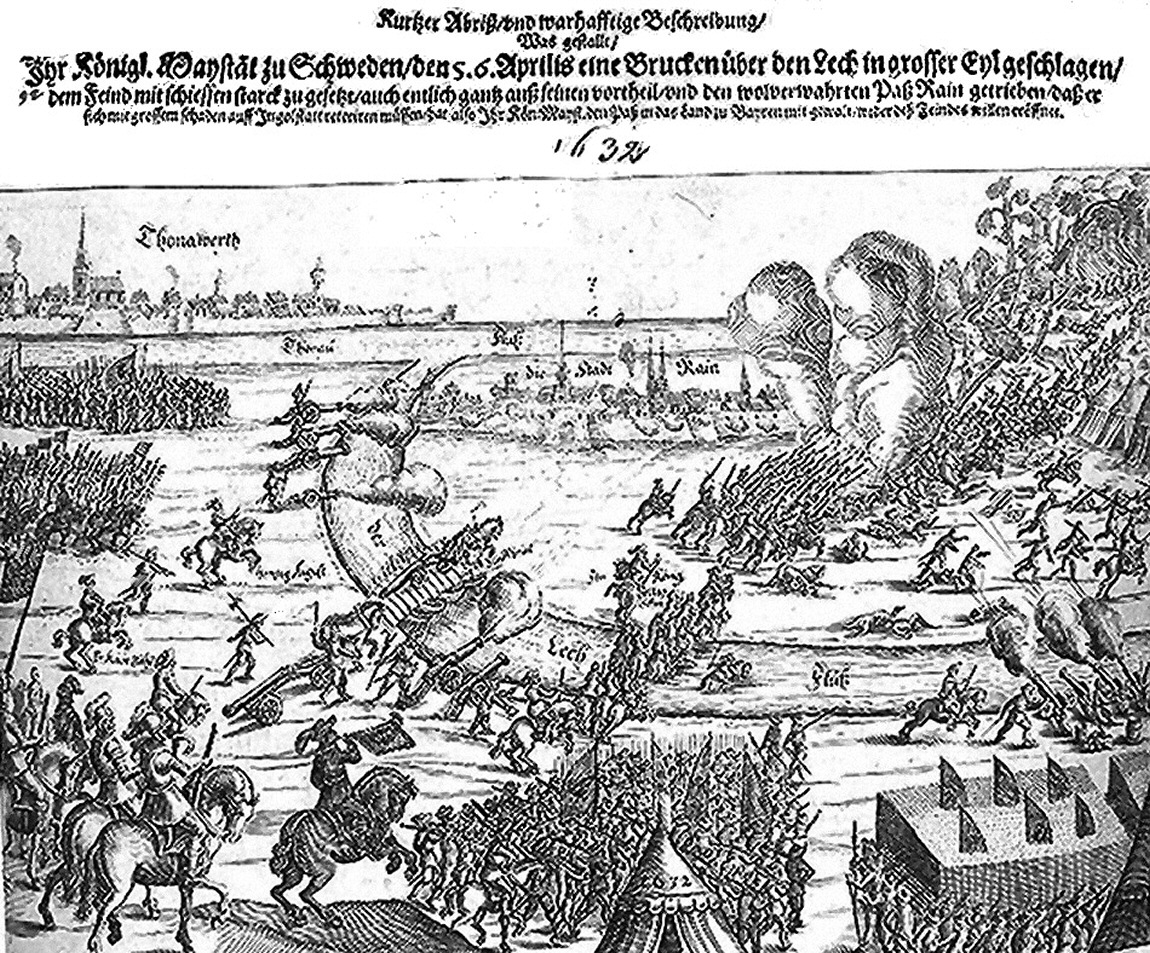Johannes Count of Nassau-Siegen was a prominent figure in European history, and his passing left a significant impact on the continent. Born in 1550, he was a member of the House of Nassau and played a crucial role in the Thirty Years' War, which ravaged Europe from 1618 to 1648. His death on August 27, 1606, marked the end of an era in European politics and diplomacy.
As the news of his death spread, the European aristocracy and royal courts were left reeling. The funeral, held on September 3, 1606, was a grand affair, attended by dignitaries from across the continent. The ceremony was a testament to the respect and admiration that Count Johannes commanded during his lifetime. This article will delve into the details of his life, death, and funeral, providing a comprehensive overview of this pivotal moment in European history.
what were the key events leading up to Johannes Count's death

what were the immediate causes of Tilly's defeat at the Battle of Rain on the Lech
how did the terrain of the Lech River impact the Battle of Rain
On 6 July 2020, Count Johannes von Mirbach-Geldern-Egmont, Prince zu Hohenlohe-Jagstberg, died as a result of contracting COVID-19. Johannes was eighty-one years-old.
 |
| Fürst Johannes zu Hohenlohe-Bartenstein and Archduchess Anna of Austria. |
 |
| The Hohenlohe-Jagstberg siblings (right to left): Maria Rosa, Karl, Albrecht, Elizabeth, Margarethe, and Friedrich August. |
Prince Johannes Maria Carl Alfons Friedrich Leopold zu Hohenlohe-Jagstberg was born at Haltenbergstetten on 2 December 1939. Johannes was the second child and son of Fürst Albrecht zu Hohenlohe-Jagstberg (1906-1996) and Countess Therese von Geldern-Egmont (1911-2000), who married in 1936. The paternal grandparents of Johannes were Fürst Johannes zu Hohenlohe-Bartenstein (1863-1921) and Archduchess Anna of Austria (1879-1961).
The prince had two siblings: Fürst Alexander zu Hohenlohe-Jagstberg (b.1937; married (div.) Princess Michaela von Schönburg-Waldenburg) and Princess Eleonore (b.1940; married Baron Peter von Kap-herr). Johannes was adopted by his maternal uncle Count Ladislaus von Mirbach-Geldern-Egmont (1905-1982).
 |
| Prince Johannes zu Hohenlohe-Jagstberg, Count von Marbach-Geldern-Egmont at the wedding of Duchess Fleur of Württemberg in 2003. Photograph (c) Seeger-Presse. |
 |
| (Left to right): Count Benedikt von Dürckheim, Princess Andrea, Prince Johannes, and Princess Isabella in 2003 at the wedding of Duchess Fleur of Württemberg. Photograph (c) Seeger-Presse. |
 |
| Prince Lamoral and Princess Ruve zu Hohenlohe-Jagstberg. Photograph (c) Seeger-Presse. |
On 22 December 1969 at Haltenbergstetten, Johannes married Andrea Vogel (b.18 October 1944). Andrea is the daughter of Karl Vogel and Ingeborg Schreiber. Johannes and Andrea had two children: Princess Isabella (b.1972) and Prince Lamoral (b.1973). In 2018, Princess Isabella married Burkhard Keese, the CFO of Lloyd's of London. In 2000, Prince Lamoral married Ruve Nevillia Watts (b.1968); the couple have four children: Princess Feodora (b.2002), Princess Franziska (b.2004), Princess Mercedes (b.2007), and Princess Henrietta (b.2009). Prince Lamoral and Princess Ruve live in New South Wales, Australia, with their children. Lamoral is the founder of Mirbach Financial Modelling.
 |
| Add caption |
Johannes Count of Nassau-Siegen was a significant figure in European history, and his passing left a lasting impact on the continent. Born in 1550, he was a member of the House of Nassau and played a crucial role in the Thirty Years' War, which ravaged Europe from 1618 to 1648. His death on August 27, 1606, marked the end of an era in European politics and diplomacy. The funeral, held on September 3, 1606, was a grand affair, attended by dignitaries from across the continent. The ceremony was a testament to the respect and admiration that Johannes Count commanded during his lifetime. This article delves into the details of his life, death, and funeral, providing a comprehensive overview of this pivotal moment in European history.
As the news of his death spread, the European aristocracy and royal courts were left reeling. The funeral, held on September 3, 1606, was a grand affair, attended by dignitaries from across the continent. The ceremony was a testament to the respect and admiration that Johannes Count commanded during his lifetime. This article delves into the details of his life, death, and funeral, providing a comprehensive overview of this pivotal moment in European history. The funeral was a grand affair, attended by dignitaries from across the continent. The ceremony was a testament to the respect and admiration that Johannes Count commanded during his lifetime. This article delves into the details of his life, death, and funeral, providing a comprehensive overview of this pivotal moment in European history.


No comments:
Post a Comment